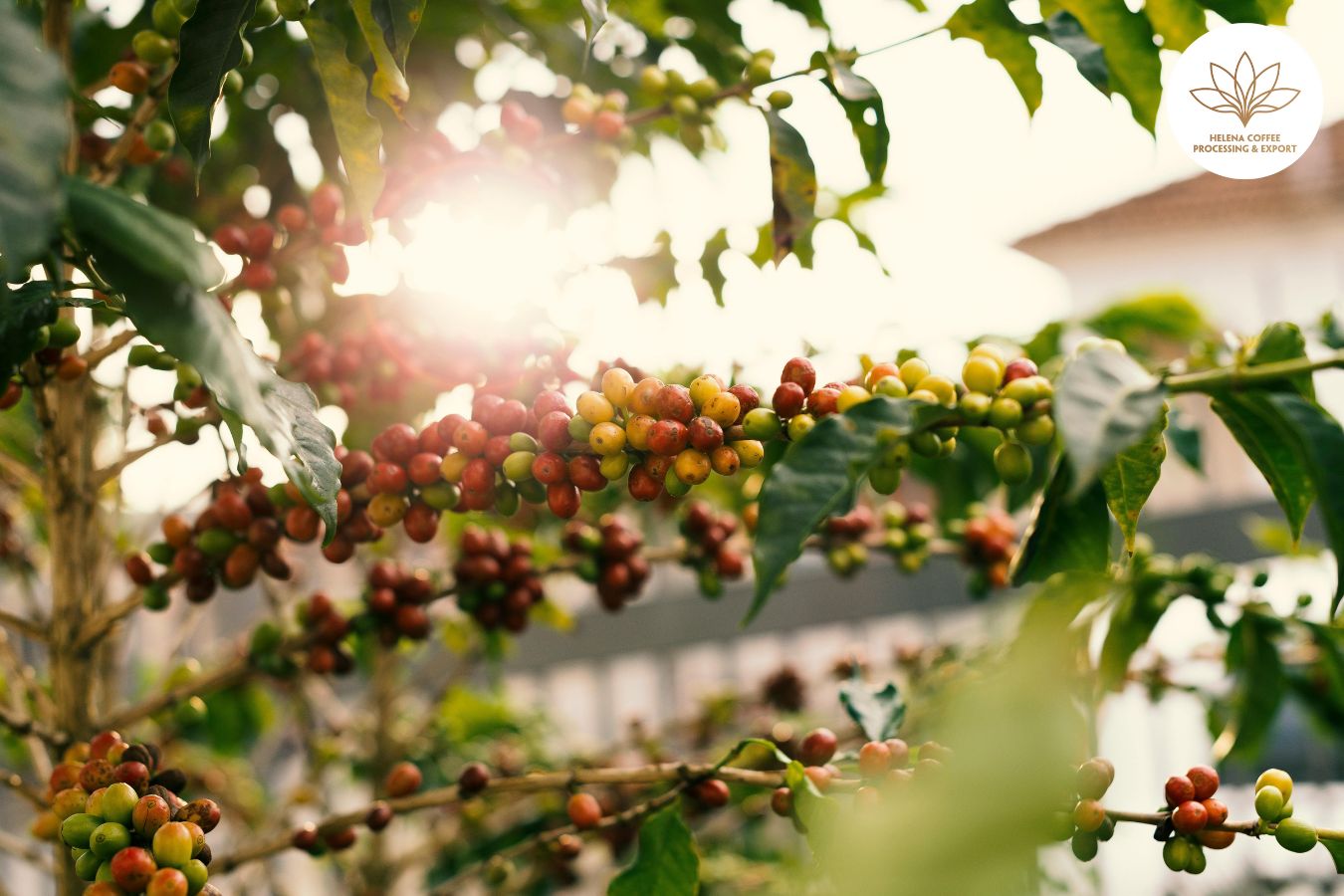
AC1 coffee variety: In recent years, there has been a noticeable surge in interest surrounding naturally low-caffeine coffee varieties. Laurina and Aamosa are among the varieties gaining prominence, finding their way into high-end coffee shops and auctions, and even securing victory in the 2018 World Brewers Cup.
Specialty coffee enthusiasts are increasingly recognizing the quality potential inherent in these varieties, fueling a gradual yet steady growth in the market for high-quality low-caffeine coffee.
Another naturally low-caffeine variety making waves is AC1, initially discovered in Ethiopia. The Campinas Agronomic Institute (IAC) has undertaken extensive research on AC1 to gauge its market potential, yielding promising results.
To delve deeper into AC1, I had the opportunity to speak with Dr. Julio Mistro, a researcher at IAC, and Kenean Dukamo, the head of coffee at Ethiopian exporter Daye Bensa. Their insights shed further light on this intriguing coffee variety.
What is the origin of the AC1 variety?
The origins of AC1, a naturally low-caffeine coffee variety, trace back to Ethiopia, renowned for its rich coffee heritage. AC1 coffee variety stands out for its remarkably low caffeine content, averaging about 0.76 mg of caffeine per gram of coffee, in stark contrast to the 8 to 12 mg/g typically found in Arabica varieties.
Approximately six decades ago, a team of agronomists and researchers affiliated with the Food and Agriculture Organization of the United Nations (FAO) embarked on a mission to Ethiopia. During this expedition, they gathered 621 Arabica seed varieties, distributing them to research institutions worldwide, including the Tropical Agricultural Research and Higher Education Center (CATIE) in Costa Rica.
In 1973, Dr. Alcides Carvalho, then a researcher at the Campinas Agronomic Institute (IAC), acquired a portion of the seeds allocated to CATIE. These seeds found a new home at Fazenda Santa Elisa in Campinas, Brazil, under the care of Dr. Carvalho. It was not until 26 years later that Dr. Maria Bernadete Silvarolla, another IAC researcher, identified three Arabica plants among those cultivated at Fazenda Santa Elisa: AC1, AC2, and AC3, distinguished by their exceptionally low caffeine levels.
Dr. Julio Mistro currently oversees the research project at Fazenda Santa Elisa, providing insights into the characteristics of AC1. “AC1 coffee variety exhibits a towering stature with less angular branches compared to other coffee trees, yielding coffee in moderate quantities,” he notes. “While demonstrating moderate tolerance to coffee rust, this variety proves highly sensitive to elevated temperatures and arid climates.”
Investigations into the AC1 variety
In a 2011 study titled “Characterization of AC1 coffee variety: A Naturally Decaffeinated Coffee,” researchers from IAC conducted a comparative analysis between AC1 and Mundo Novo, a popular coffee variety in Brazil known for its relatively low caffeine content (around 1-1.2%).
The study aimed to assess various factors including cherry development, sugars, organic acids, amino acids, and phenolic compounds in both varieties. Despite AC1 cherries being smaller than Mundo Novo, the chemical composition of both showed several similarities, indicating the potential market viability of the AC1 AC1 coffee variety.


